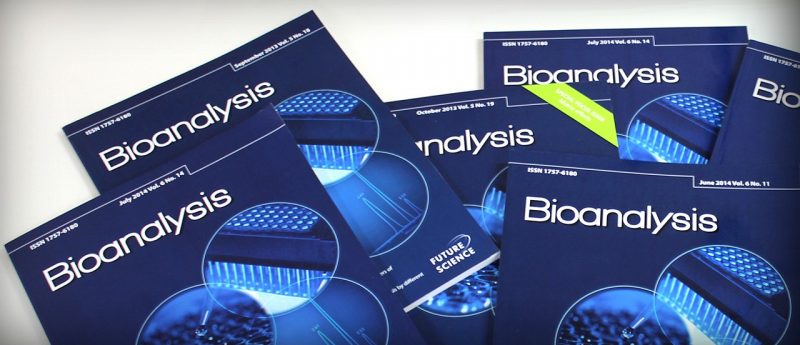Blood microsampling using capillaries for drug-exposure determination in early preclinical studies: a beneficial strategy to reduce blood sample volumes

Background: Capillary microsampling (CMS) of blood with subsequent blood analysis offers a potential strategy to deal with increased demand to reduce blood sample volumes in animal discovery and preclinical studies. Results: A generic approach is presented allowing PK analysis in 15 µl blood samples. CMS blood exposure data were compared with the traditional plasma exposure results in rats and dogs. Blood PK profiles obtained for two different compounds were in agreement with profiles obtained in plasma. From these studies ex vivo blood to plasma ratios were also obtained. In a mouse study, blood PK profiles that were obtained following automatic sampling overlay with the blood PK profiles obtained with CMS. Conclusion: CMS in 15 µl glass capillaries allows collection and handling of small and exact volumes of blood. Although CMS can also be applied for plasma collection, the full benefit is only achieved with blood collection and analysis.
Microsampling of body fluids is a general concept to reduce matrix volumes in animal and human studies for PK/TK evaluations. In the discovery and development environment there is a continued desire to measure exposure of the administered drug but significantly reduce the traditional sampling volumes. Both ethical and scientific aspects can be improved: the number of animals can be reduced allowing full time profile sampling in mice and other small animals for evaluation of PK parameters. The procedures for sampling are also less invasive compared with traditional sampling. In rodent TK studies, satellite animals could become redundant and exposure evaluation will be available from the same animals of the main study without impacting clinical parameters and toxicological observations. Notwithstanding reduction in volumes should not jeopardize robustness and quality of the data.
Click here for the full article.





